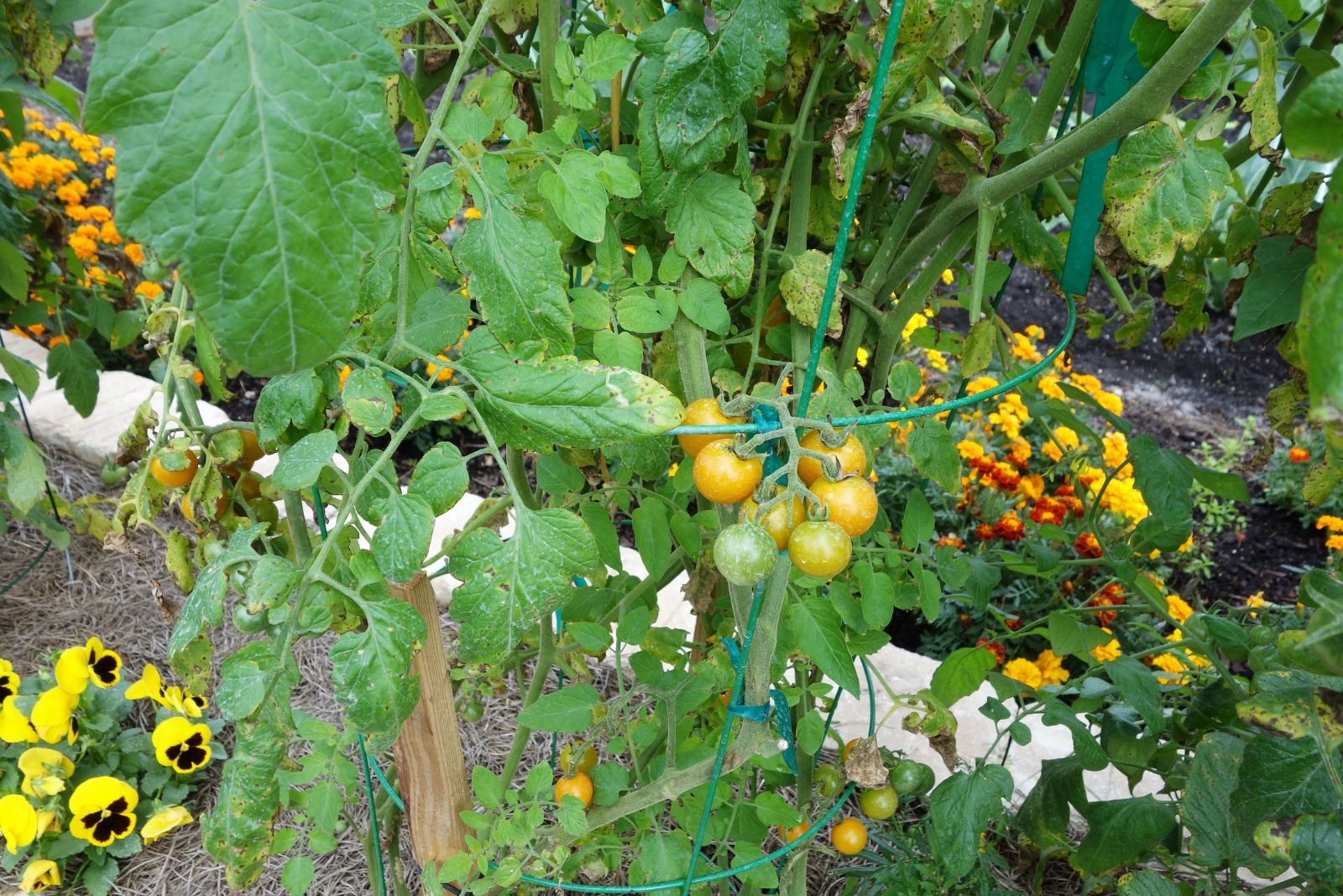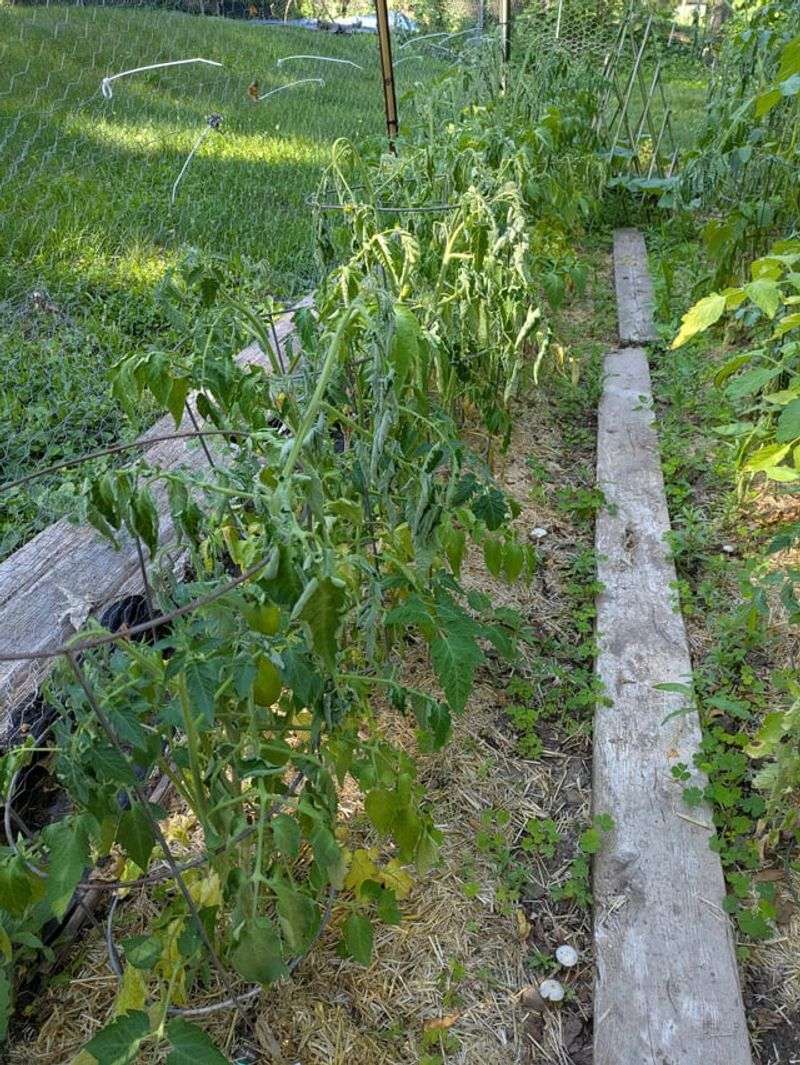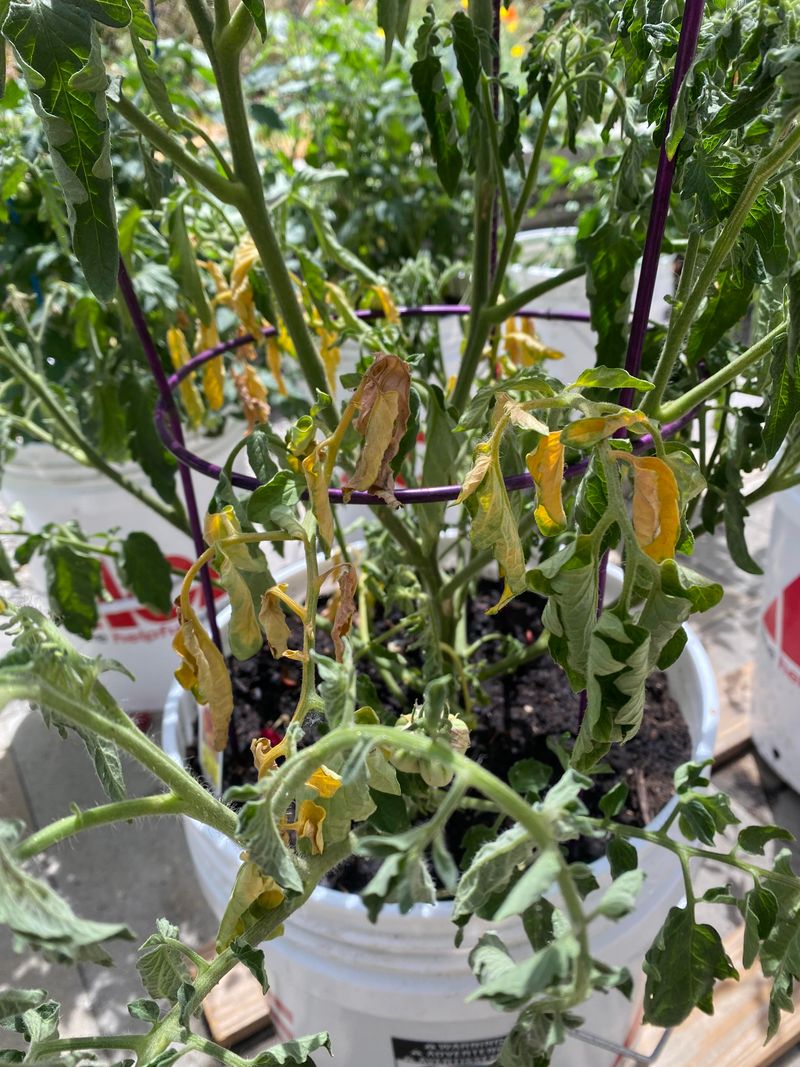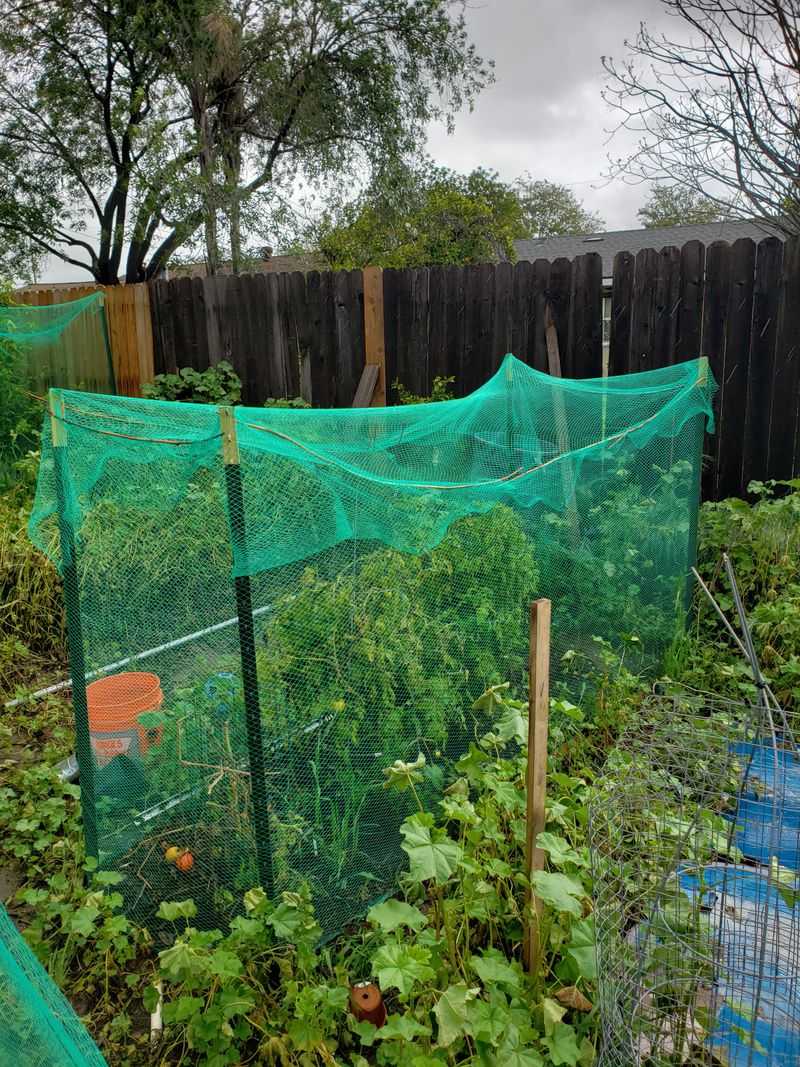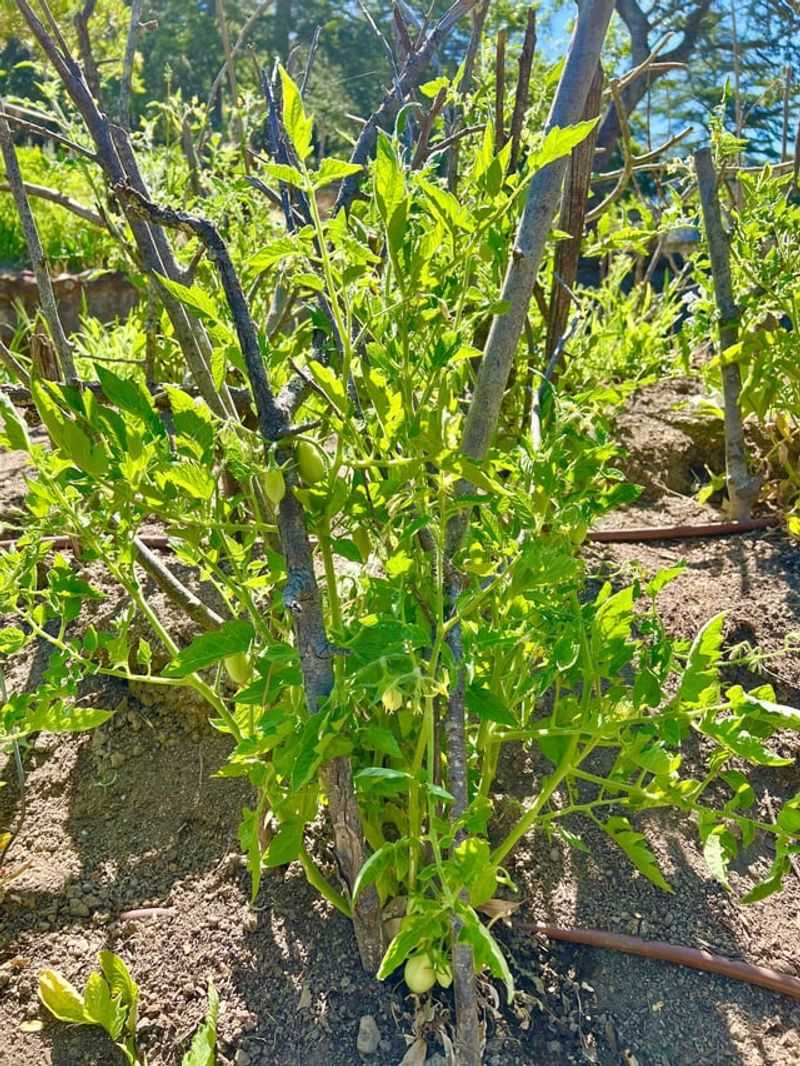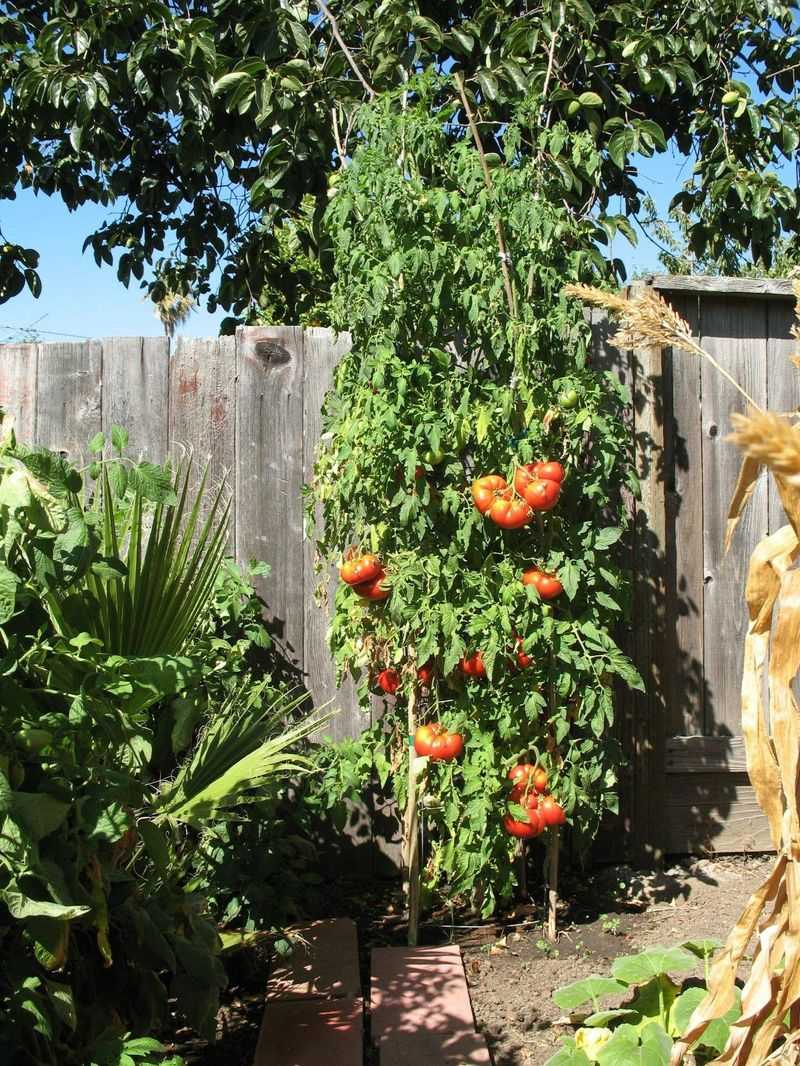Ohio soil can fool even experienced gardeners, and I’ve definitely learned the hard way where tomatoes just won’t cooperate.
Some spots seem perfect until the plants basically throw a fit. Avoiding those trouble areas makes all the difference. Let’s look at the places that secretly sabotage a tomato season.
1. Under Black Walnut Trees
Black walnut trees produce a chemical called juglone that’s toxic to tomatoes and many other plants. Ohio has plenty of these trees scattered across residential properties, and their roots can spread up to 50 feet from the trunk.
Tomato plants placed anywhere near black walnuts will develop yellowing leaves, stunted growth, and eventually die. The toxin remains in the soil even after removing the tree, making recovery slow.
Always scout your yard for black walnuts before planning your tomato garden to avoid this common Ohio gardening mistake.
2. Low-Lying Areas with Poor Drainage
Tomatoes absolutely hate wet feet, and Ohio’s spring rains can turn low spots into mini swamps. When water pools around tomato roots, they can’t access oxygen and quickly develop root rot.
Fungal diseases thrive in constantly moist conditions, attacking both roots and foliage. Many Ohio gardeners lose entire tomato crops to early blight and late blight because of poor drainage.
Check your garden after heavy rainfall to identify problem areas, and always choose higher ground or build raised beds for your precious tomato plants.
3. Heavily Shaded North-Facing Spots
Tomatoes are sun-worshippers that need at least six to eight hours of direct sunlight daily to produce fruit. North-facing locations in Ohio gardens typically receive limited sunshine, especially with nearby buildings or fences creating additional shade.
Plants grown in shade become leggy, produce fewer flowers, and rarely develop ripe tomatoes. The lack of sunlight also keeps foliage damp longer, inviting fungal problems.
Position your tomato garden where morning and afternoon sun can reach the plants freely throughout Ohio’s growing season for maximum productivity.
4. Right Next to Foundation Walls
Foundation walls might seem like convenient planting spots, but they create several problems for tomatoes. Concrete and brick absorb heat during Ohio’s summer days, then radiate it back at night, causing temperature stress.
Limited air circulation against walls encourages fungal diseases and pest infestations. Additionally, foundations often have poor soil quality filled with construction debris and high pH from concrete leaching.
Give your tomatoes at least three feet of clearance from any foundation to ensure proper airflow, root development, and healthier plants throughout the season.
5. Where Nightshade Family Crops Recently Grew
Crop rotation matters tremendously for tomato health, yet many Ohio gardeners overlook this practice. Planting tomatoes where peppers, potatoes, or eggplants grew last season invites soil-borne diseases and depletes specific nutrients.
Verticillium wilt, fusarium wilt, and various nematodes accumulate in soil when nightshade crops occupy the same space repeatedly. These pathogens can survive for years, attacking new tomato plants immediately.
Wait at least three years before returning tomatoes to the same garden bed, and keep detailed planting records to maintain proper rotation in your Ohio garden.
6. Underneath Roof Eaves and Overhangs
Planting beneath eaves might protect tomatoes from harsh weather, but it actually creates more problems than benefits. Rain can’t reach plants under overhangs, requiring constant manual watering that Ohio gardeners often forget.
Inconsistent moisture causes blossom end rot, fruit cracking, and uneven ripening. The sheltered location also restricts natural airflow, trapping humidity and encouraging powdery mildew.
Choose open garden spaces where rainfall can naturally water your tomatoes and breezes can keep foliage dry, preventing common diseases that plague Ohio tomato growers each summer.
7. In Compacted Clay Soil Without Amendment
Ohio’s heavy clay soil is notorious for challenging gardeners, and tomatoes particularly struggle without proper soil preparation. Compacted clay prevents roots from penetrating deeply, restricting access to water and nutrients.
Poor drainage in clay causes waterlogging during rainy periods, while the same soil becomes brick-hard during dry spells. Tomato roots need loose, well-aerated soil to develop strong systems that support heavy fruit production.
Always amend clay-heavy areas with compost, peat moss, and perlite before planting tomatoes, or consider raised beds filled with quality garden soil for better Ohio growing results.
8. Near Treated Lumber or Contaminated Soil
Older pressure-treated lumber contains arsenic and chromium that can leach into garden soil, contaminating edible crops like tomatoes. Many Ohio gardens still have raised beds built with these materials from decades past.
Similarly, areas where pesticides, herbicides, or industrial chemicals were used or stored pose serious health risks. Tomatoes readily absorb soil contaminants, transferring them directly to fruit you’ll eventually eat.
Test soil before planting if you suspect contamination, and rebuild old treated-lumber beds with safe alternatives like cedar or composite materials approved for vegetable gardening in Ohio.

